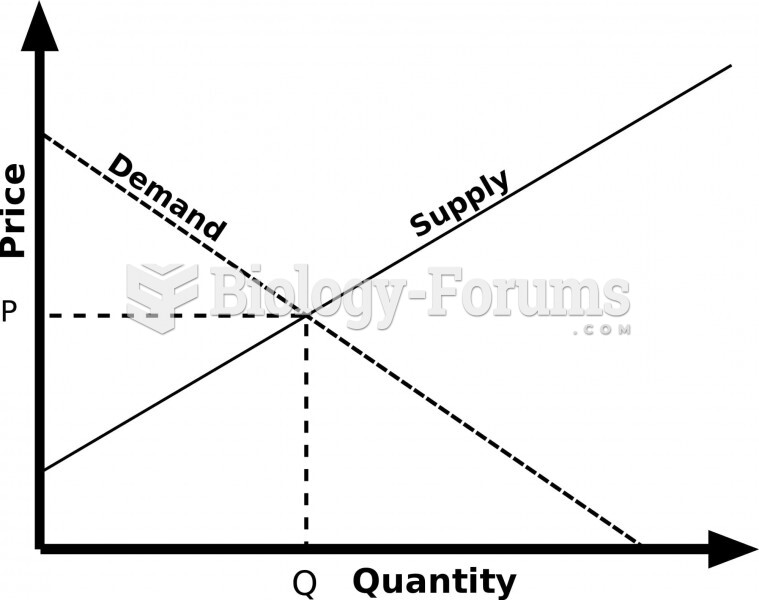Answer to Question 1
Three factors shift the demand for labor curve: the price of the firm's output, the prices of other factors of production, and technology. When the price of the firm's output rises, the firms' demand for labor increases and its demand for labor curve shifts rightward. These changes occur because when the price of output rises, the value of marginal product increases, which means the value to the firm of hiring additional workers rises.
When the prices of other factors of production change, the demand for labor changes. When the price of capital rises, the firm is motivated to use more labor and less capital. The firm's demand for labor increases and the demand for labor curve shifts rightward. When the price of capital falls, more capital is demanded and, unless the fall in the price of capital increases the scale of the firm's operations, less labor is demanded. The demand for labor curve shifts leftward.
Changes in technology affect the demand for labor in a more complex way. Depending on the type of advance in technology, the demand for different types of labor might increase or decrease. If the demand for a type of labor increases, its demand curve shifts rightward; if the demand for another type of labor decreases, its demand curve shifts leftward.
Answer to Question 2
In short, wage differentials will lead to price differentials. The price of the output produced by workers suffering discrimination will be less than the price of output produced by favored workers. If the goods are the same, this price differential cannot persist. An increase in the demand for the good produced by the discriminated-against group will raise the demand for their labor and thereby increase their wage.







